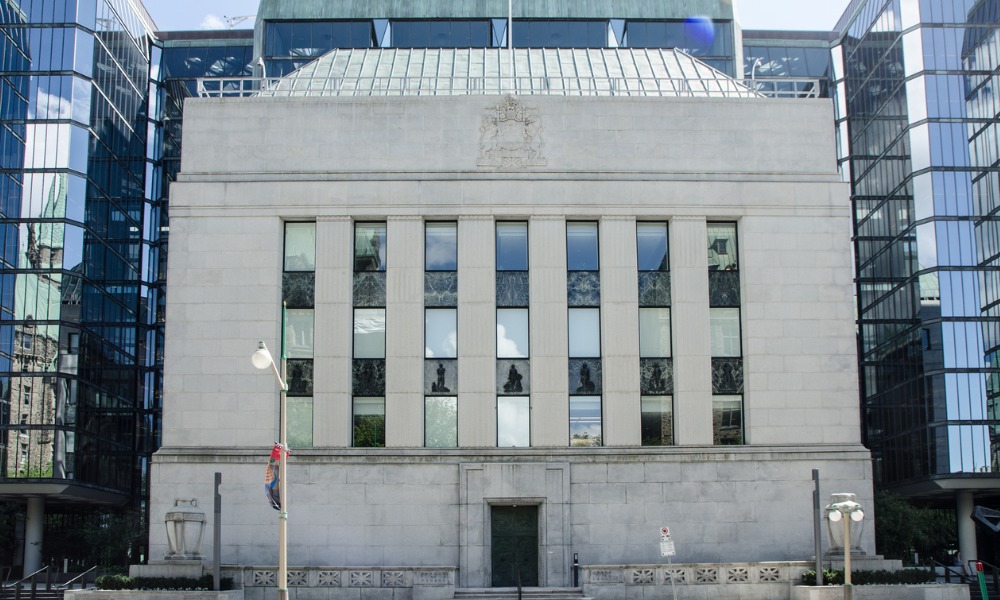Different households don’t see the same benefits from government tax incentives and financial programs

As students face rising educational costs that they’re not sure would lead to sound employment, government incentives will likely play a more crucial role in encouraging studies. But a new study suggests that not all Canadian households get the same boost.
Raymond Chabot Grant Thornton and the UQAM's École des sciences de la gestion (ESG UQAM) have released Taxation and the Family: Redefining the Model, a joint study on the neutrality of tax incentives that impact Canadian families in seven main areas:
- Economic well-being of the family;
- Housing;
- Children’s education;
- Retirement savings;
- Other savings;
- Retirement; and
- Death
Focusing on incentives from the federal and Quebec governments, the study found “a breach of neutrality was noted in more than 70% of the situations analyzed” based on a family’s social profile, the couple’s legal status, and the family’s economic class. In analyzing incentives for post-secondary education, the report considered three mechanisms currently in place: tax measures, the RESP, and Quebec’s government loans and bursaries program.
The federal tuition tax credit provides tax relief equal to 15% of eligible tuition fees, while students can get a tax credit equal to 15% of interest on their student loans once they have completed their studies. Quebec offers similar tax credits (equivalent to 8% of eligible tuition fees and 20% of interest paid), as well as additional credits for parents of full-time post-secondary students and certain lone-parent families.
Meanwhile, households can make a maximum contribution of $50,000 into an RESP; federal and provincial governments then contribute subsidies of up to $10,800. Once a child enrolls in post-secondary education, the amounts in the RESP — which will have accrued tax-free over the years — may be obtained as contribution withdrawals for the subscriber and through educational assistance payments. Low-income families also qualify for the Canada Learning Bond (CLB), which can add up to $2,000 in automatic annual deposits into a child’s RESP.
Finally, post-secondary students from lower-income Quebecois families can also get financial assistance for eligible costs — including tuition and living expenses — from the province’s loans and bursaries program. The amount of assistance depends on contributions made by the student and their parents, which are determined based on income, as well as the expenses incurred.
Detailing the complexity and difficulty families face in analyzing the impacts of the various measures, the report concluded that the tax measures mainly discourage post-secondary studies when a child turns 18, “particularly in the case of lone-parent families and lower-income families,” though the loans and bursaries program mitigates the situation.
“Although the RESP still appears to be more accessible to high-income families, the increased subsidies encourage lower-income families to save for their children’s education,” the report added. While the loans and bursaries program could offer complementary financing, access to the program could vary significantly based on a student’s age, program of study chosen, family type (traditional or stepfamily), and the student’s income.
Follow WP on Facebook, LinkedIn and Twitter
Related stories:
Canadians to spend more on school supplies
Survey: reality bites for graduates with challenging financial goals



